Take a Nostalgic Trip Through the Coolest Cars of the 1980s

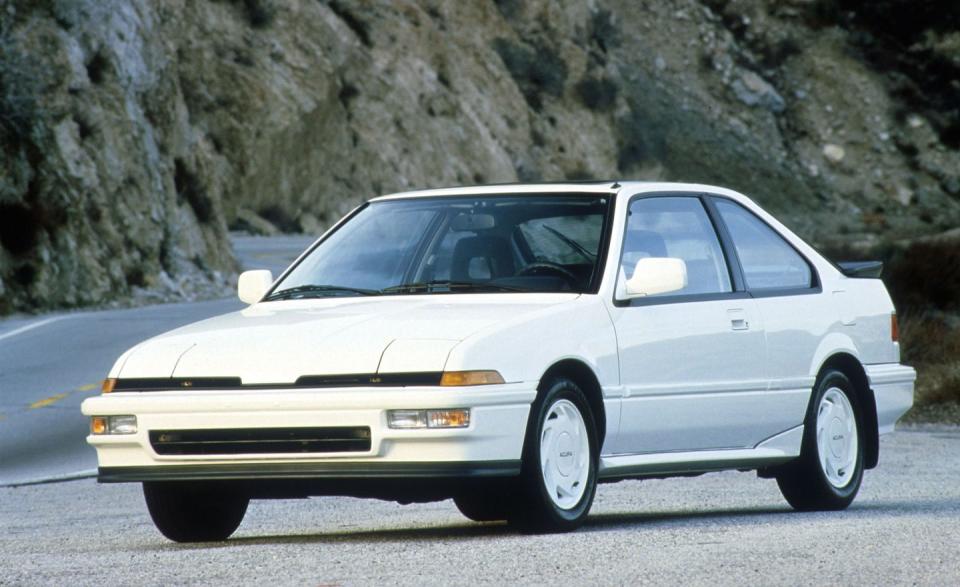



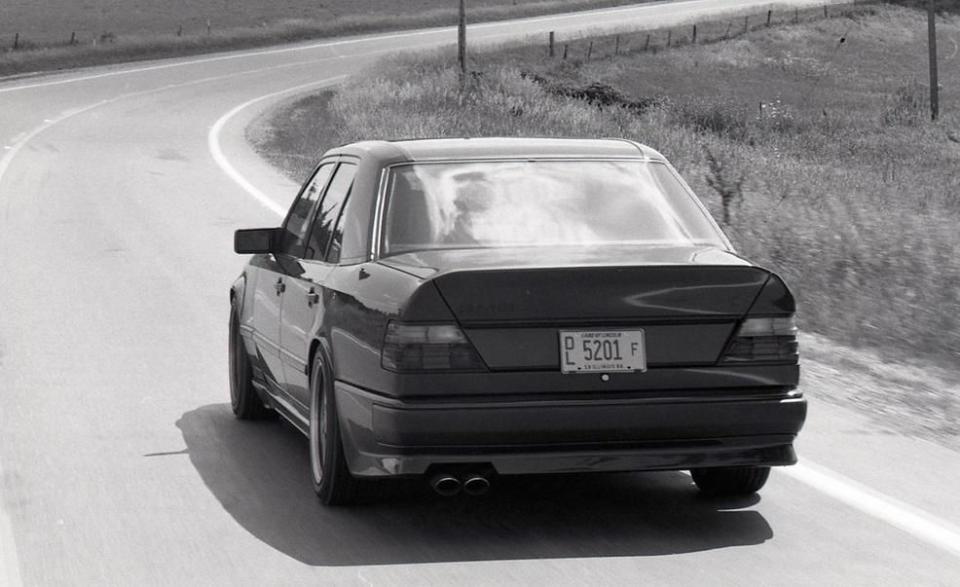

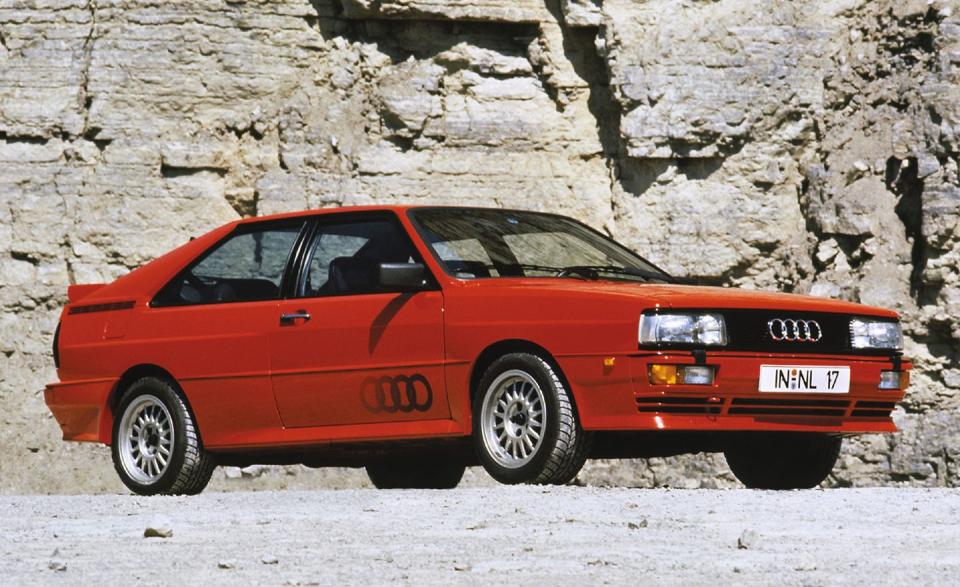
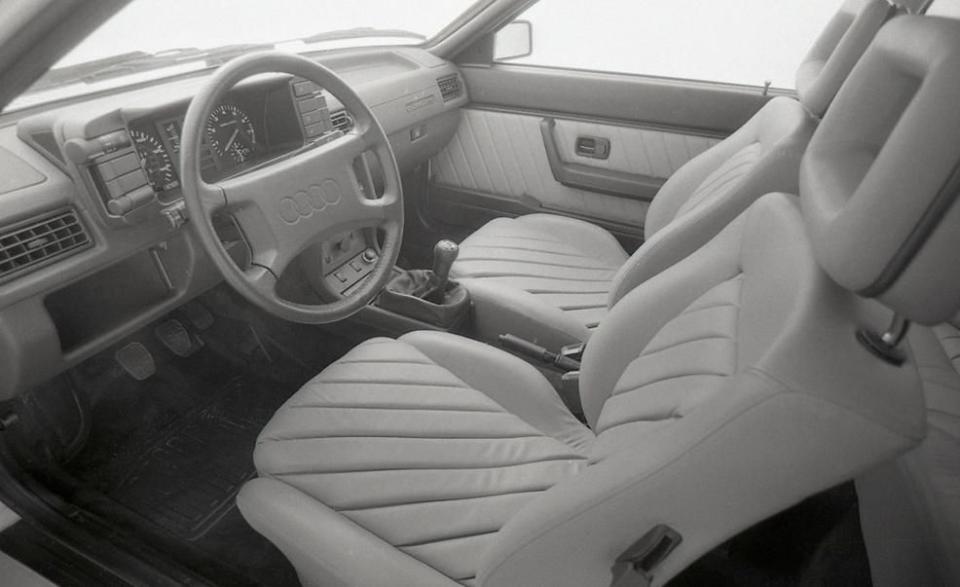

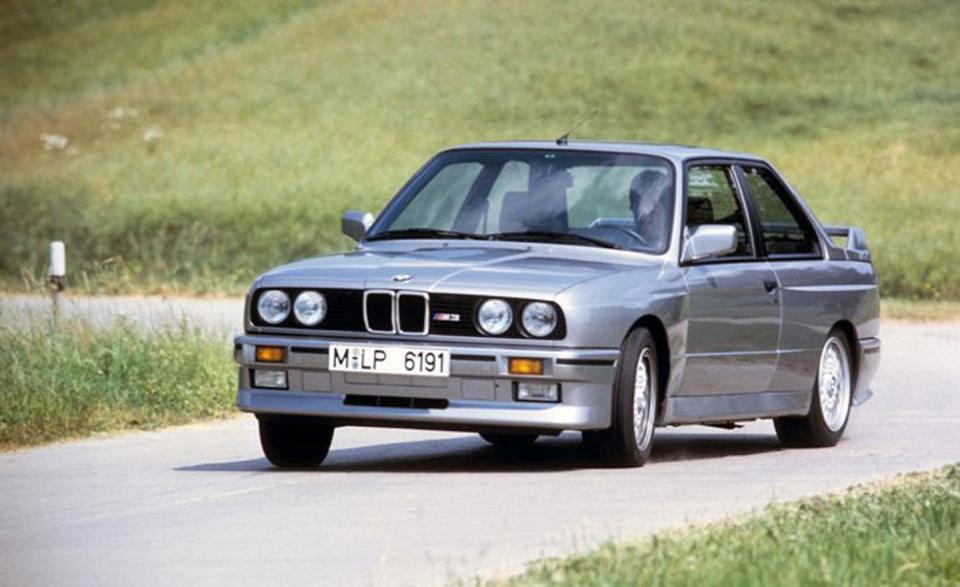
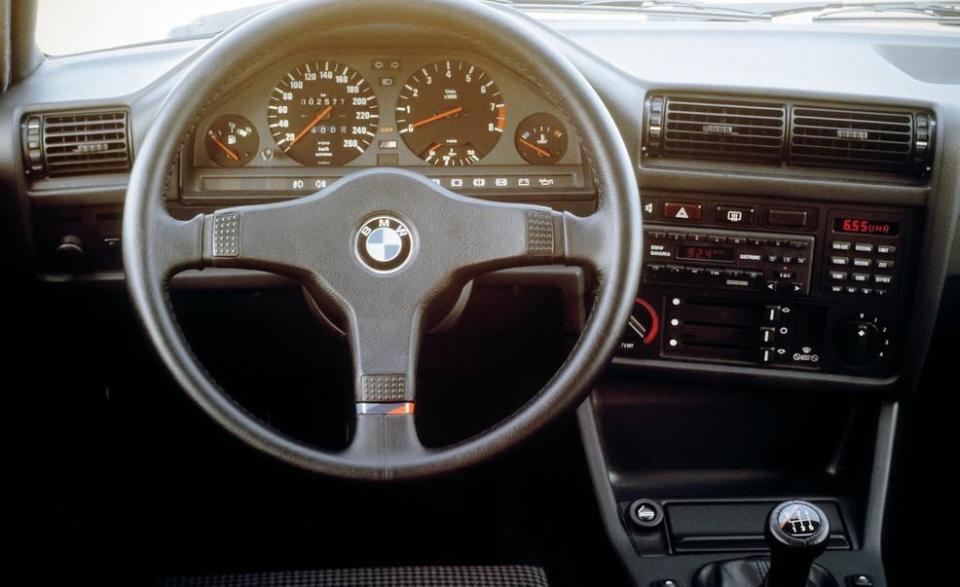


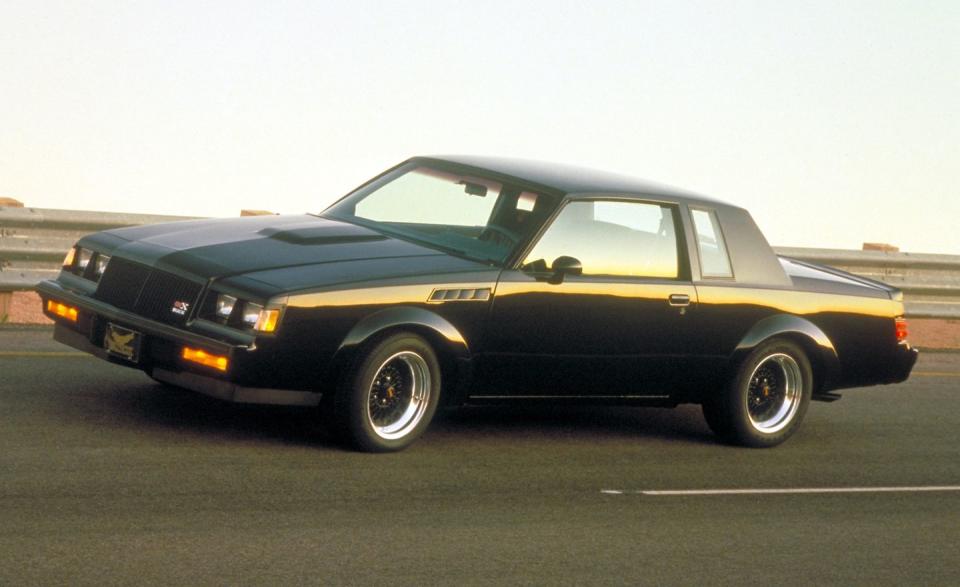
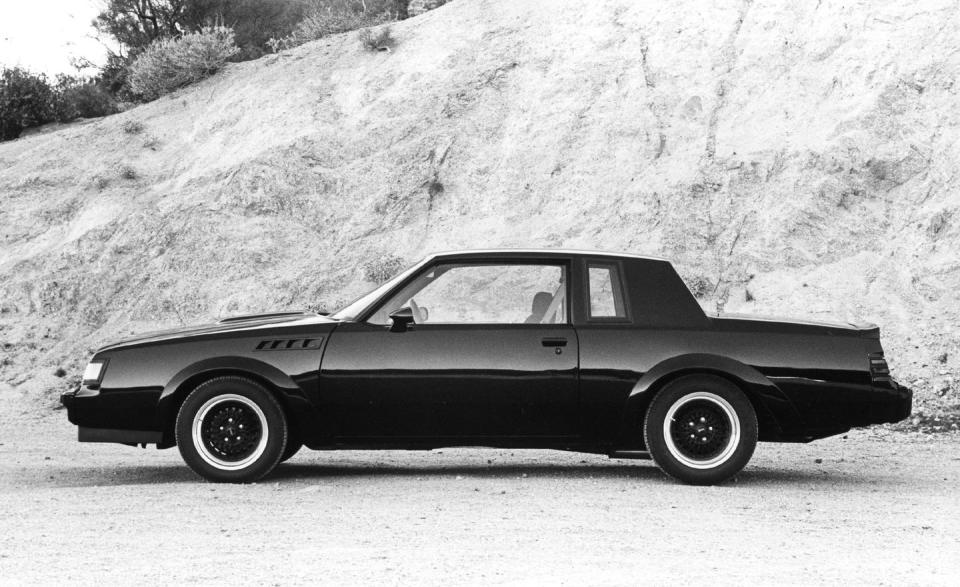
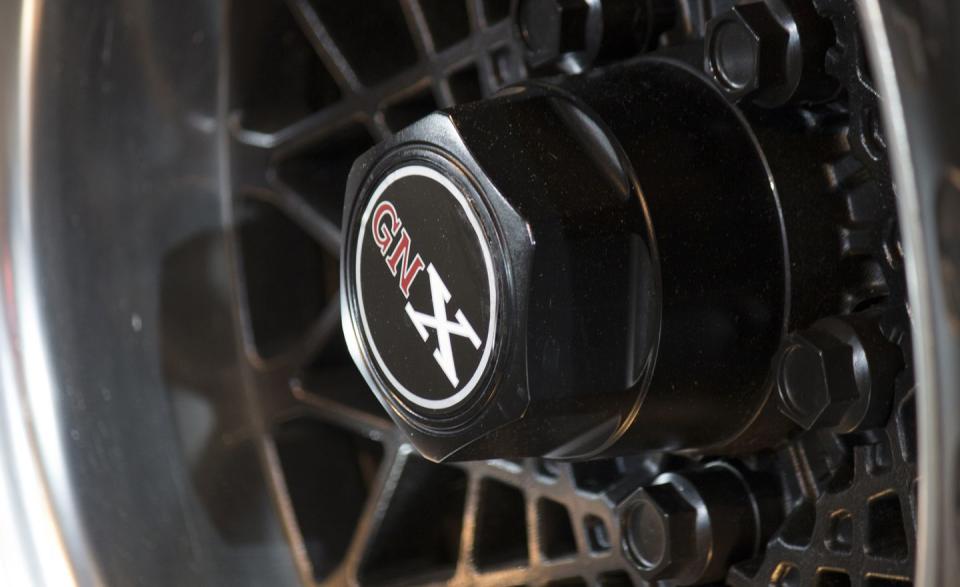
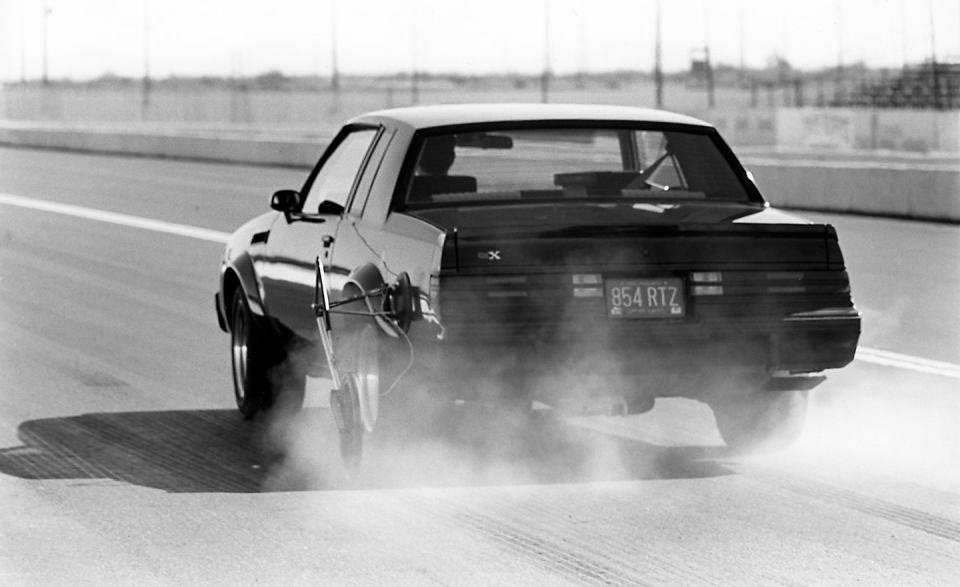
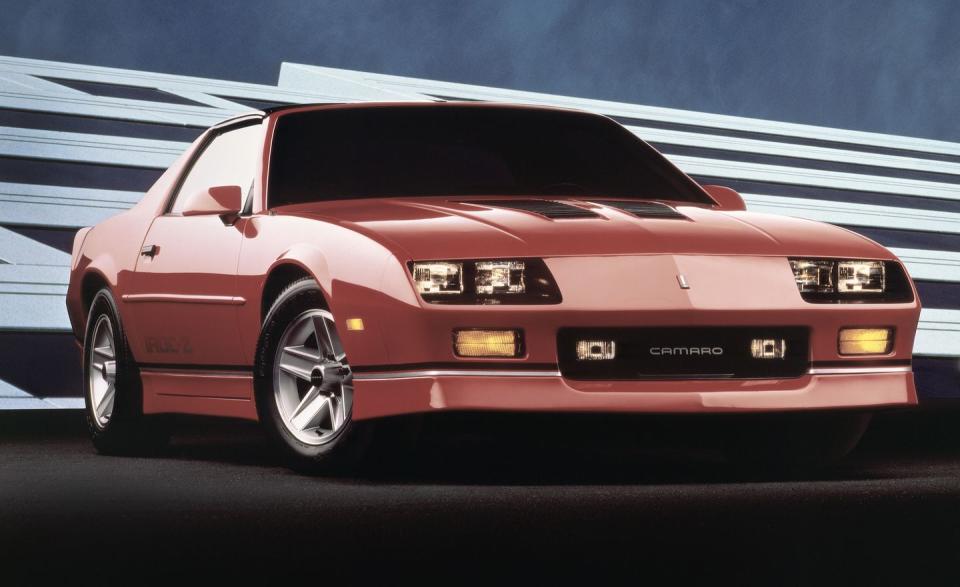




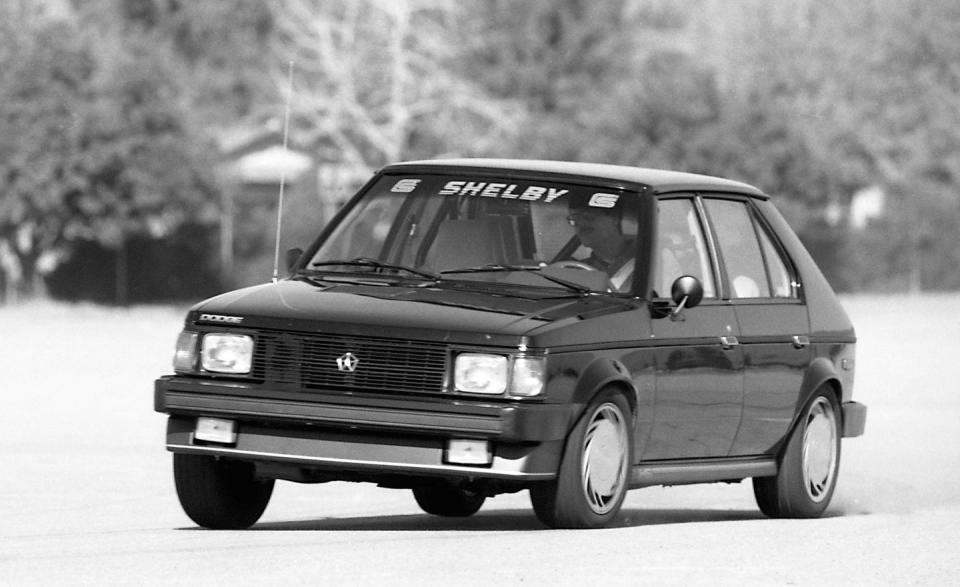


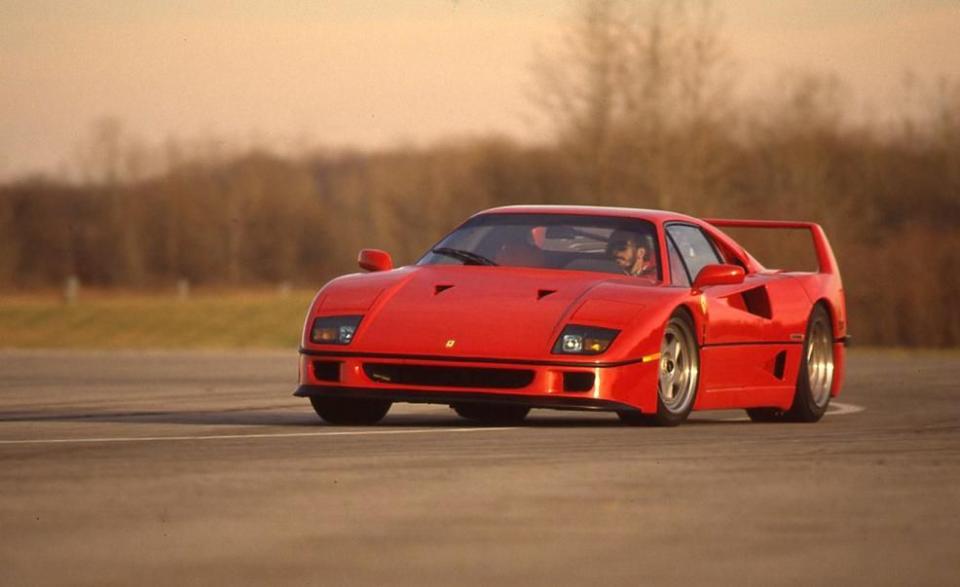
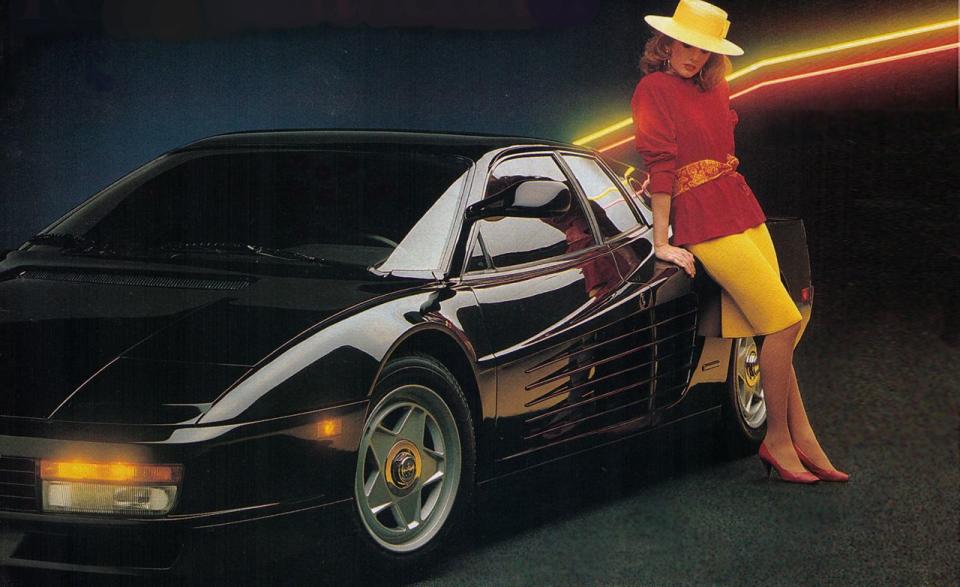
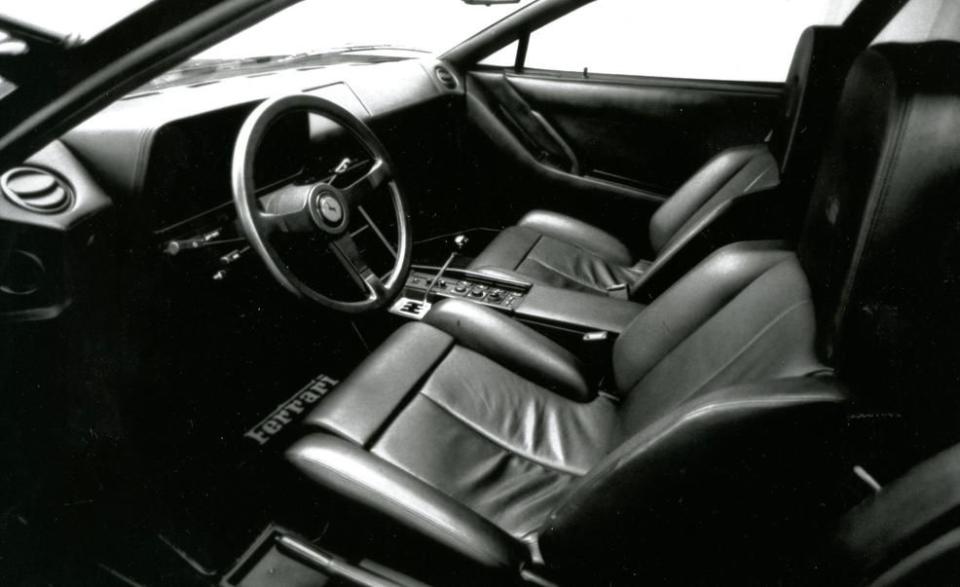

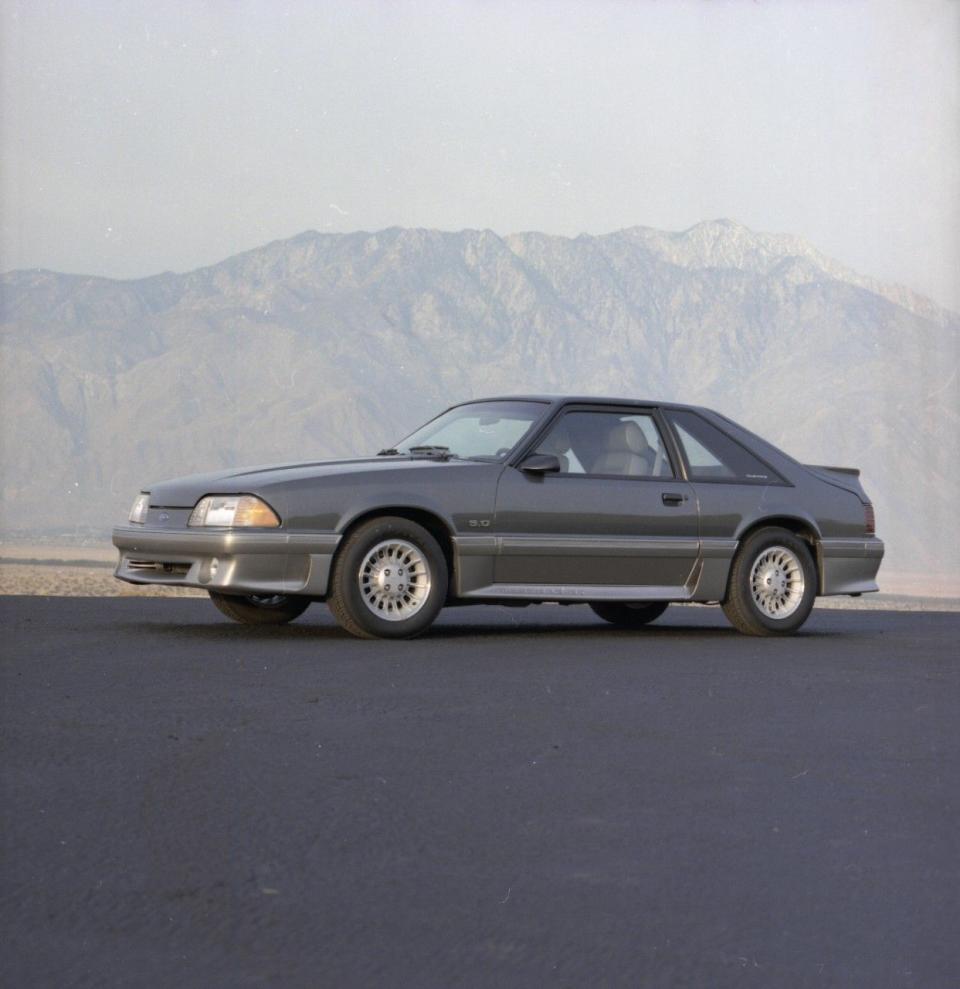

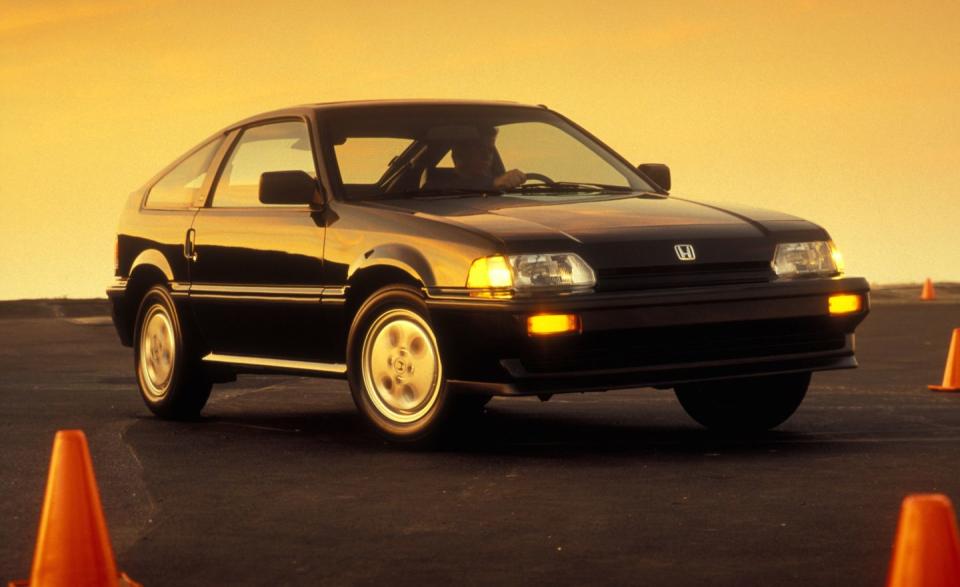
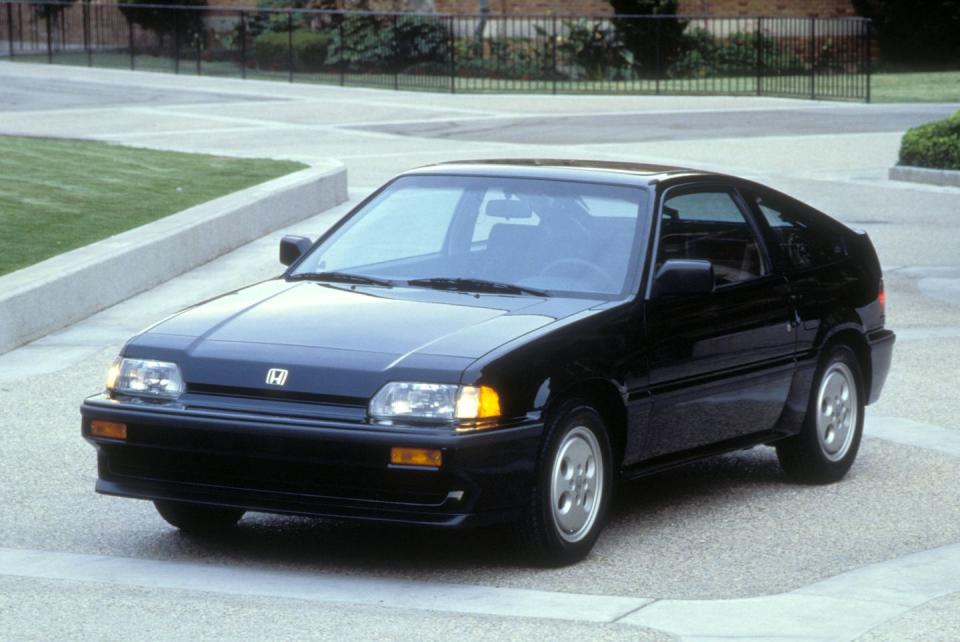
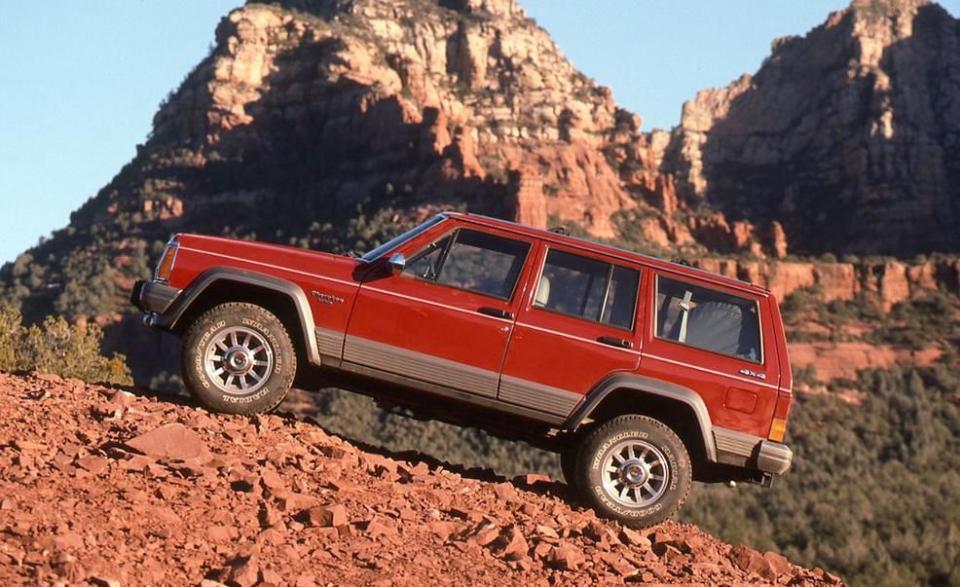
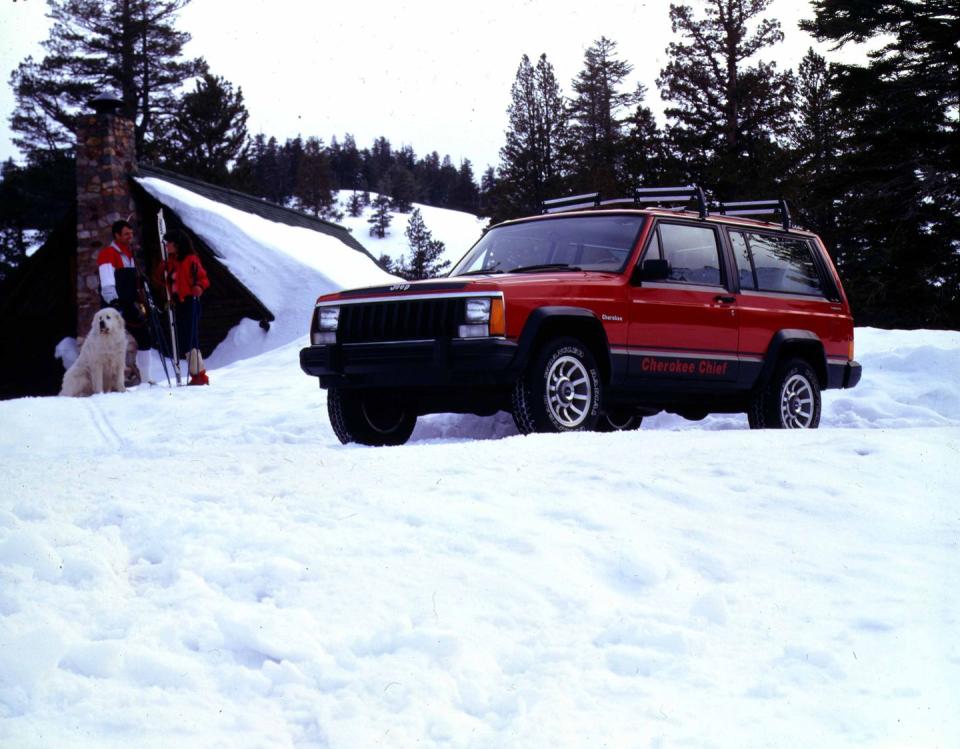
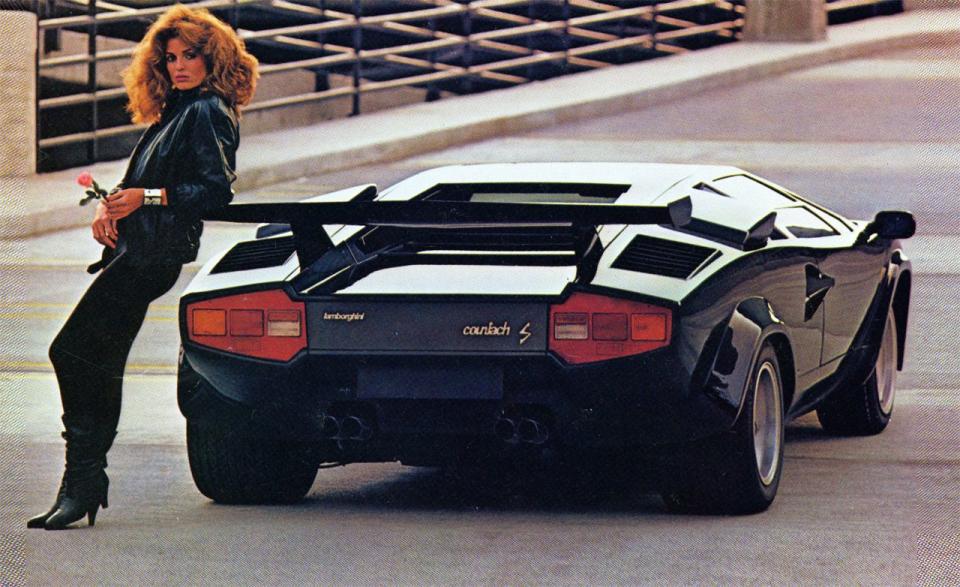

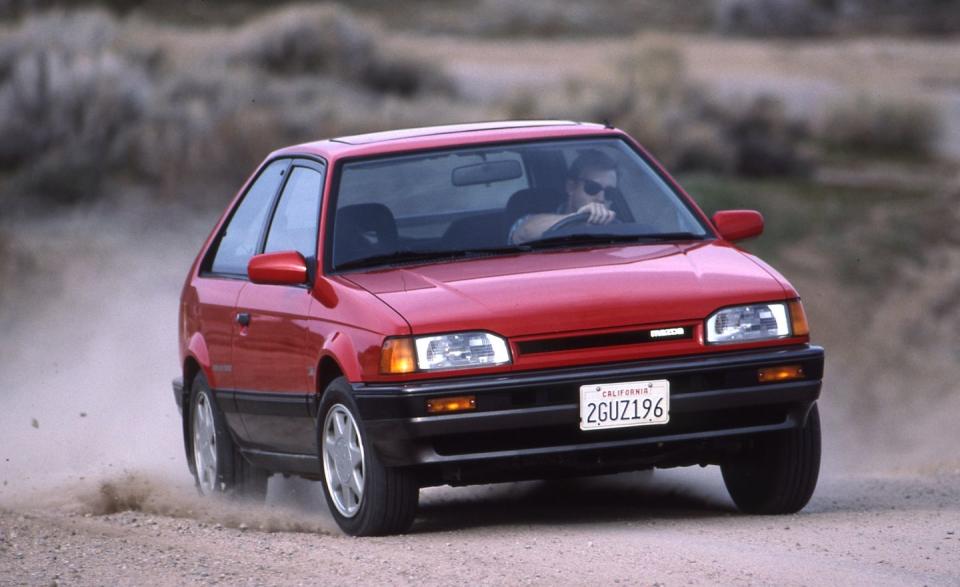

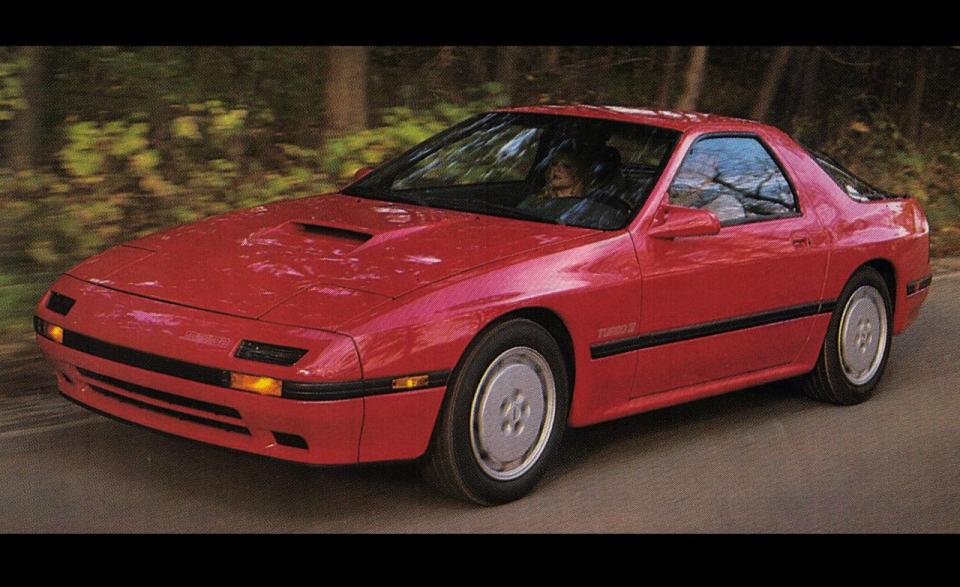


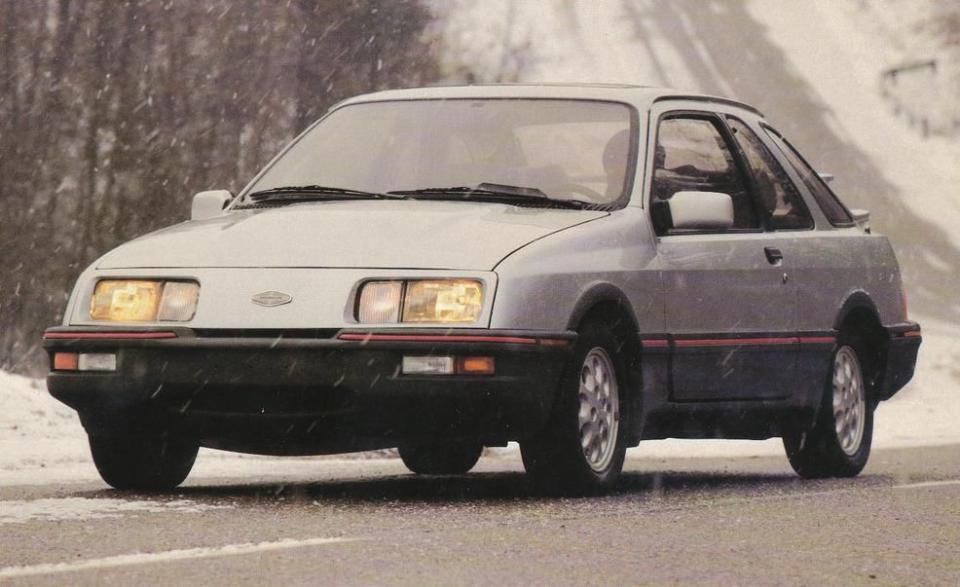

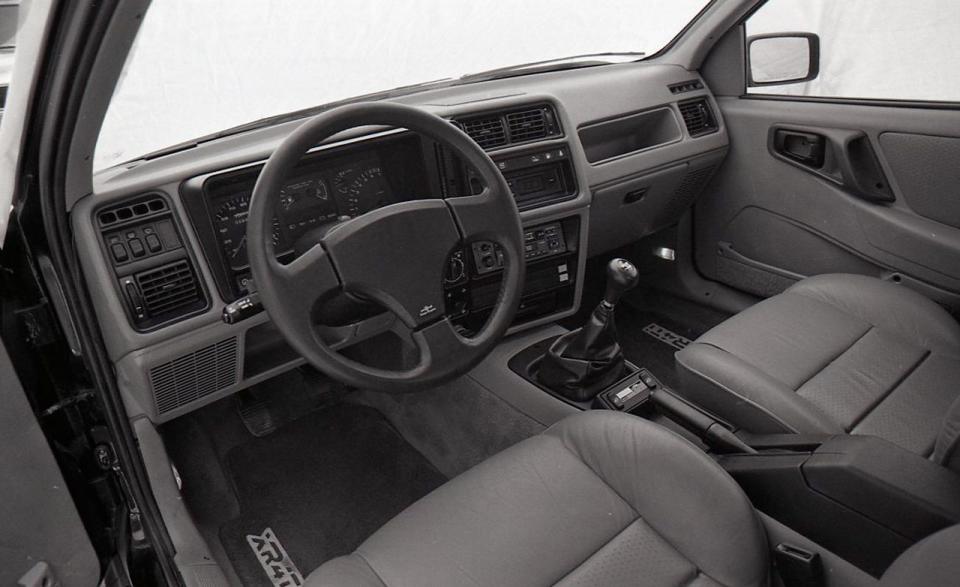
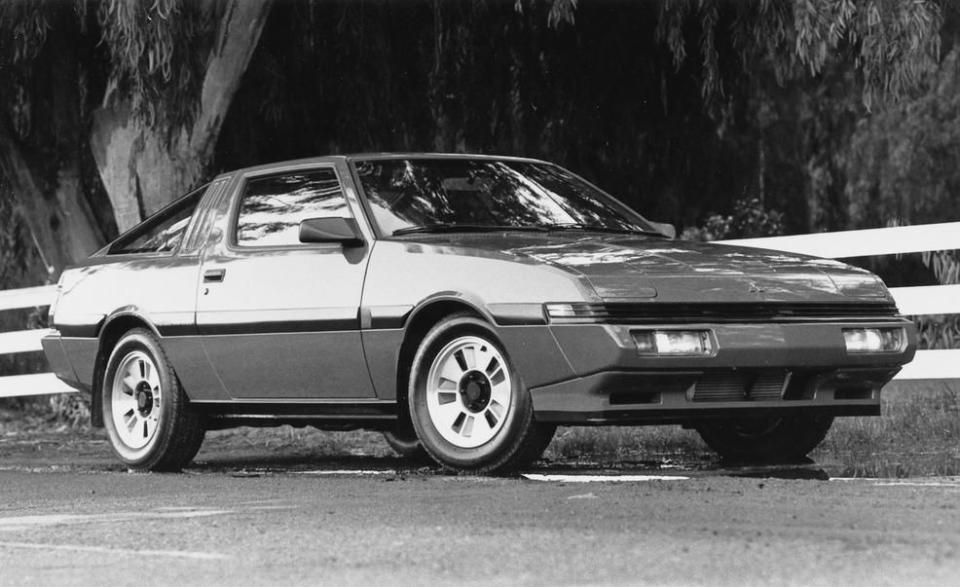
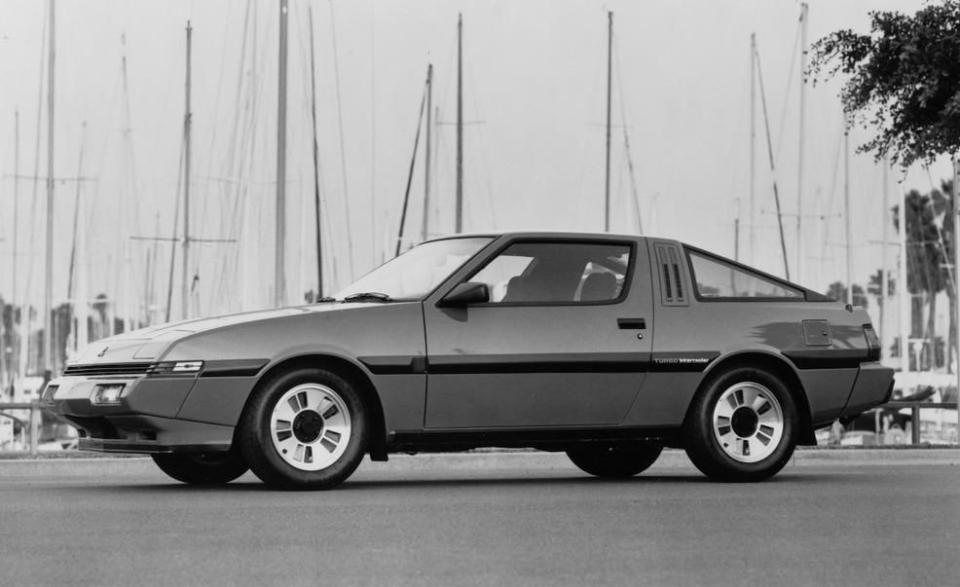

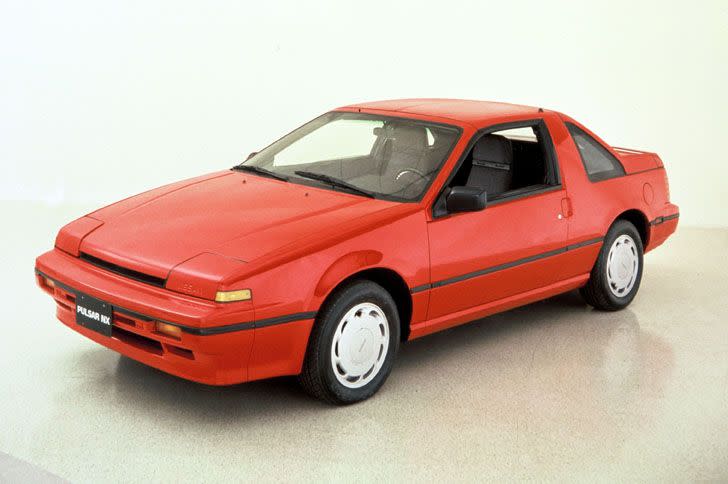

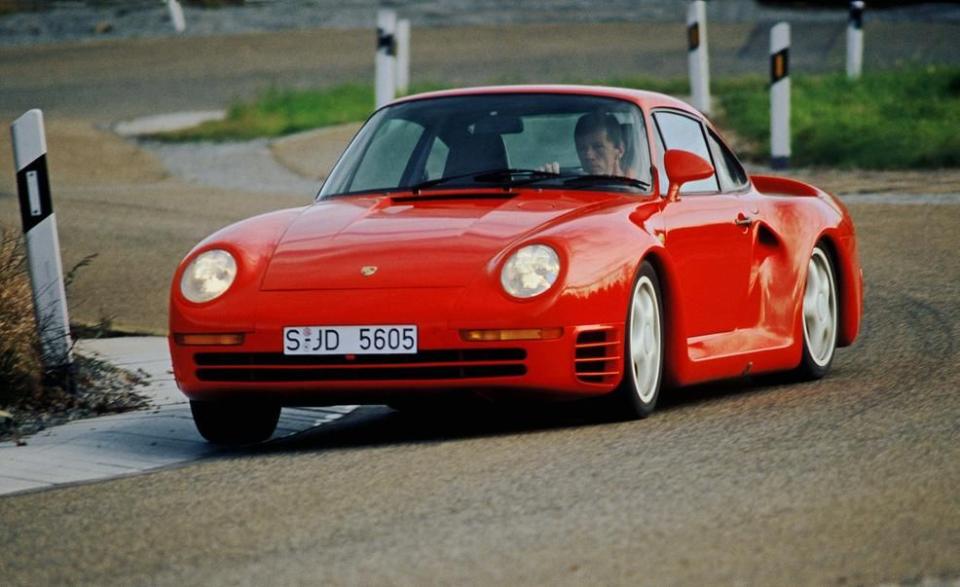
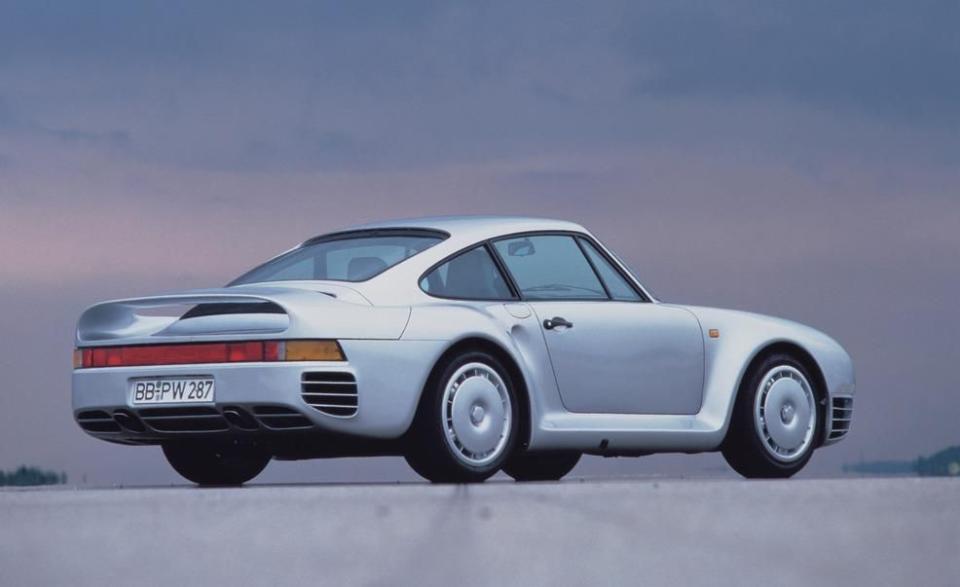
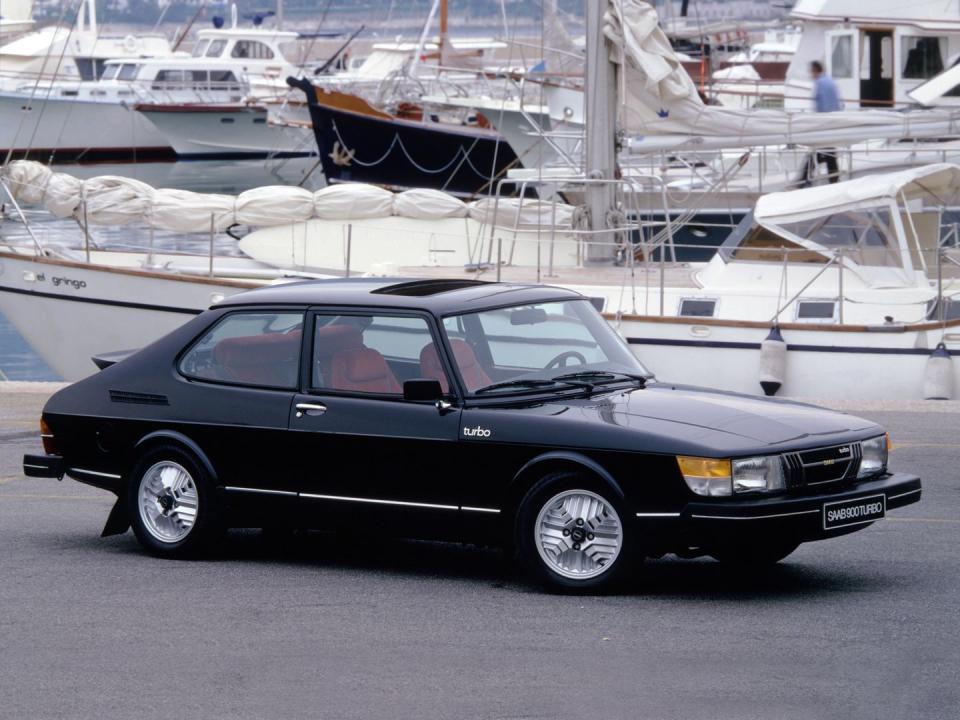
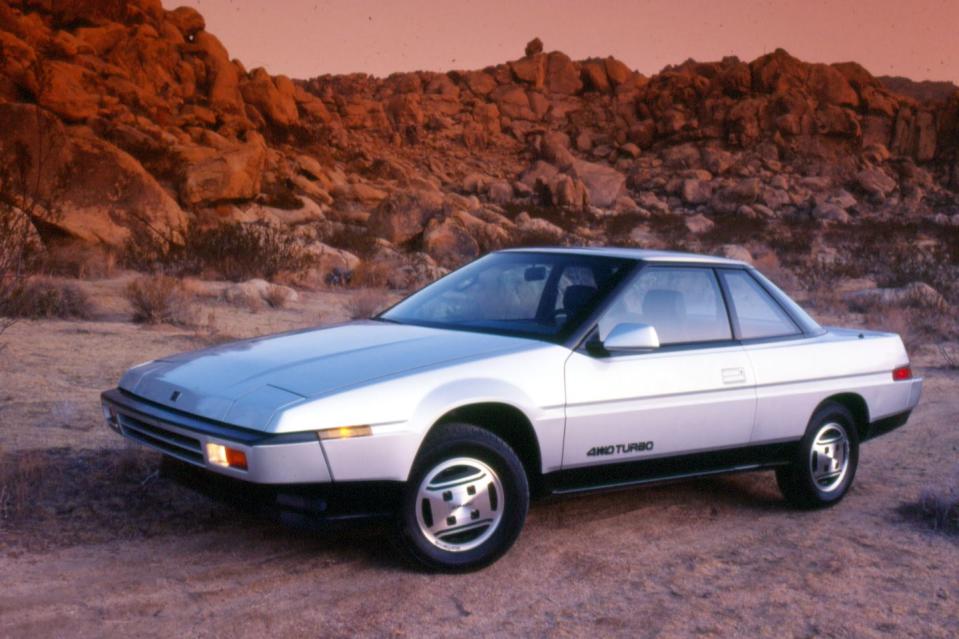

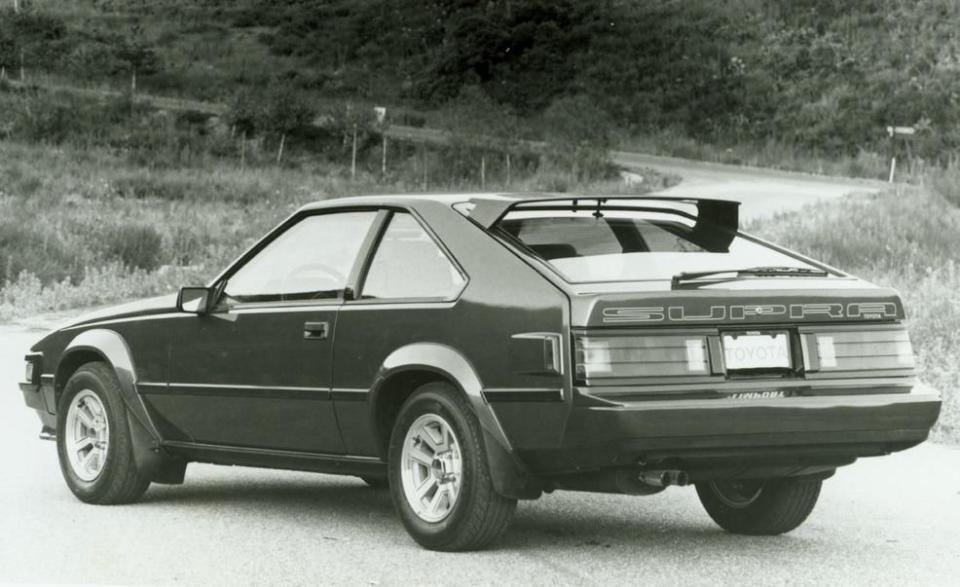

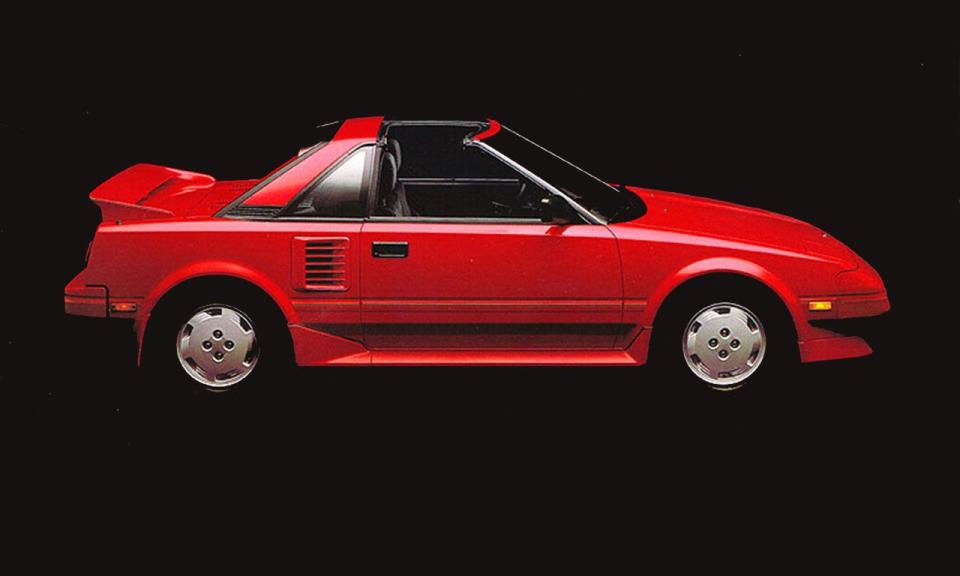
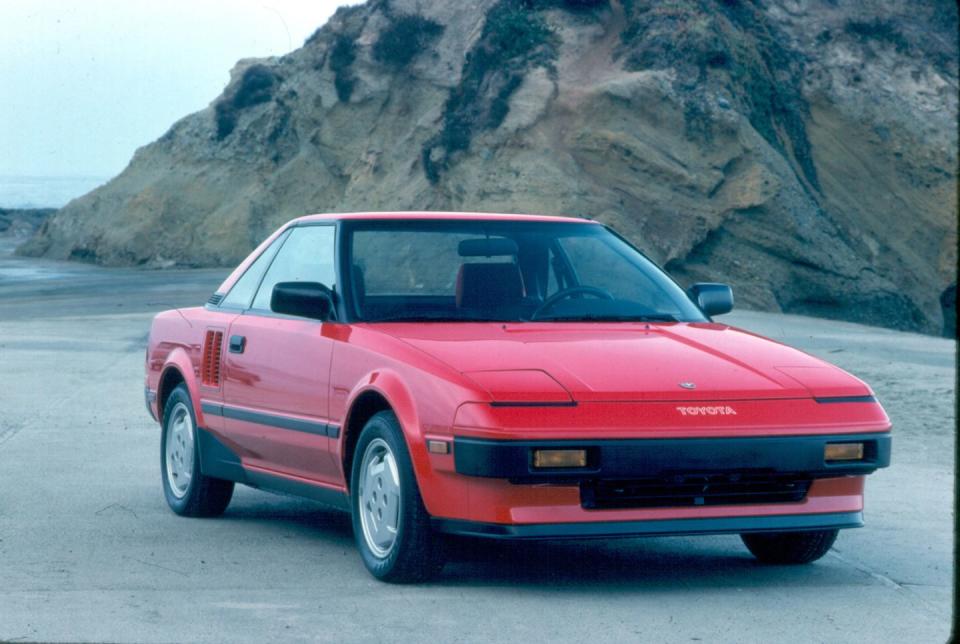
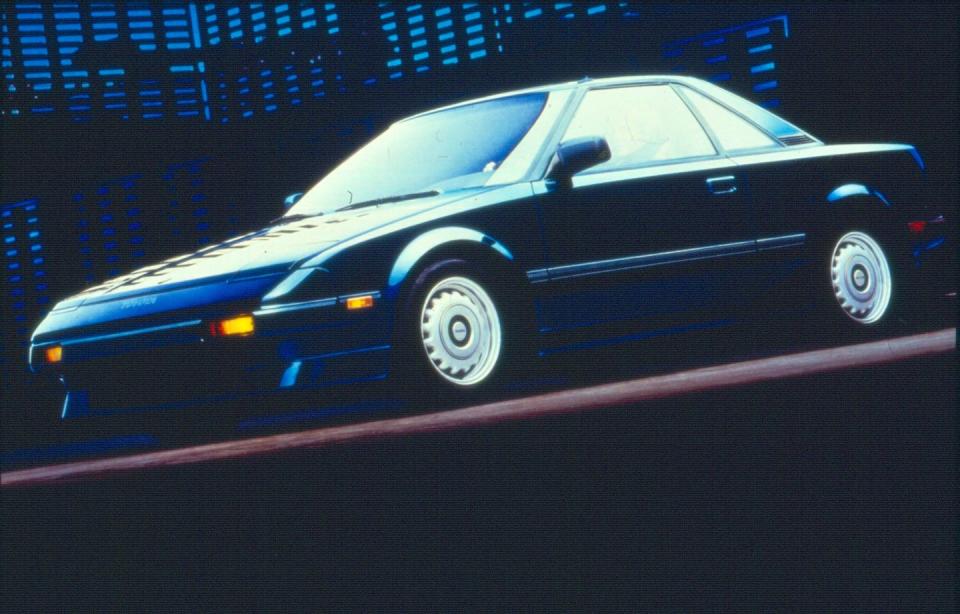

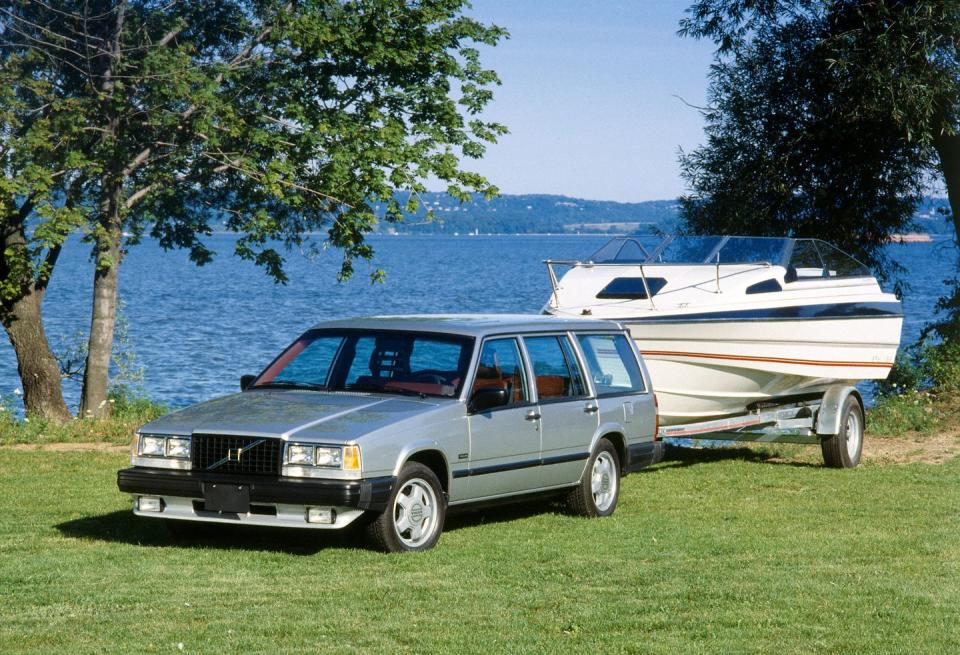
Take a Nostalgic Trip Through the Coolest Cars of the 1980s
The 1980s were marked by corny television, the beginning of the end for the Soviet bloc, "Morning in America," and the arrival of the Japanese car as a mainstream choice instead of a quirky alternative. The decade saw the beginning of a muscle revival, thanks to Buick’s turbocharged V-6s and Ford’s V-8–powered Fox-body Mustangs. And then there were the white-painted hatchbacks and fully realized performance cars spilling out of Europe like the Lamborghini Countach, Ferrari Testarossa, and Volkswagen GTI.
If the automobiles of the decade weren't universally great, they were at least often interesting, as the industry discovered how to make emissions-friendly power, experimented heavily with turbocharging, and began serious work on the all-wheel-drive systems we take for granted today. If the sad-sack 1970s marked the end of the postwar performance boom, the '80s signaled a fresh wave of original thinking. So, cue up some New Wave, crack open a Bartles & Jaymes, and scroll through this gathering of 1980s metal, compiled by the Car and Driver editorial staff and hashed out via cage matches held in our office garage.
Now cue up some New Wave, crack open a Bartles & Jaymes, and scroll through this gathering of the coolest cars from the 1980s.
